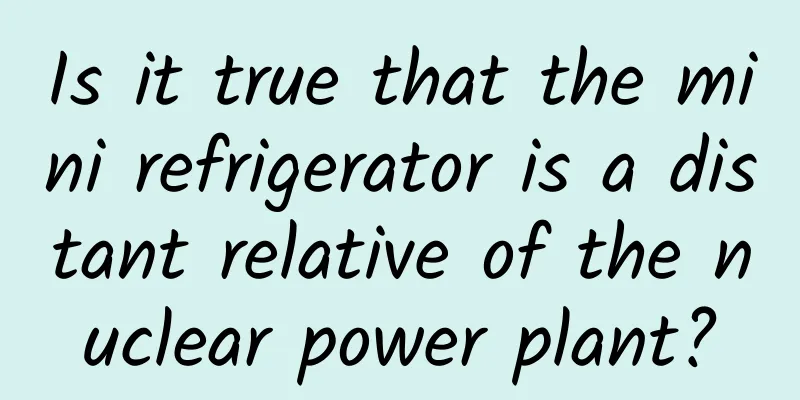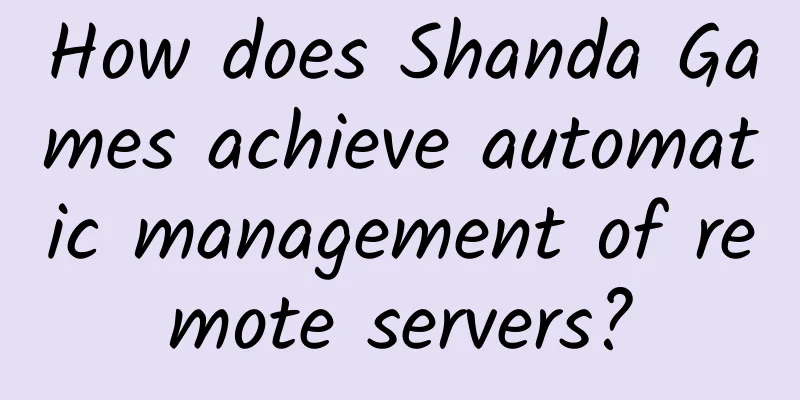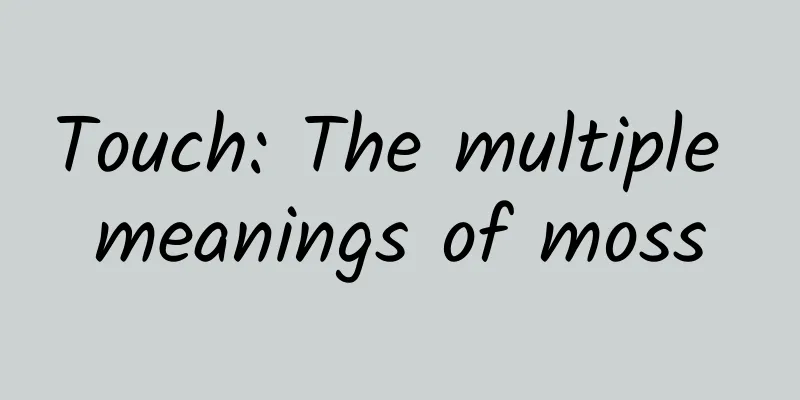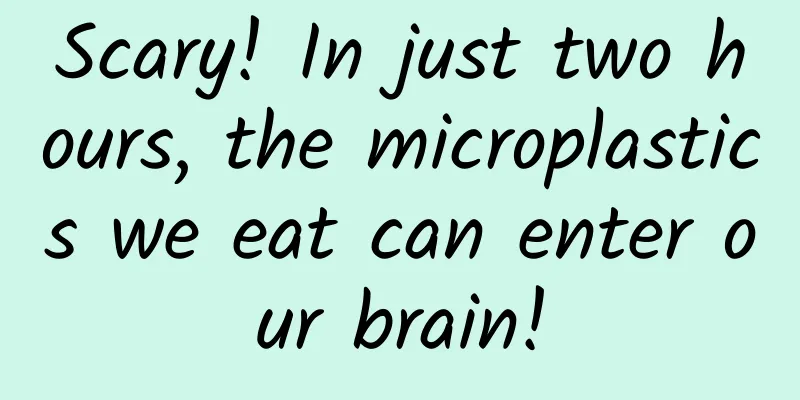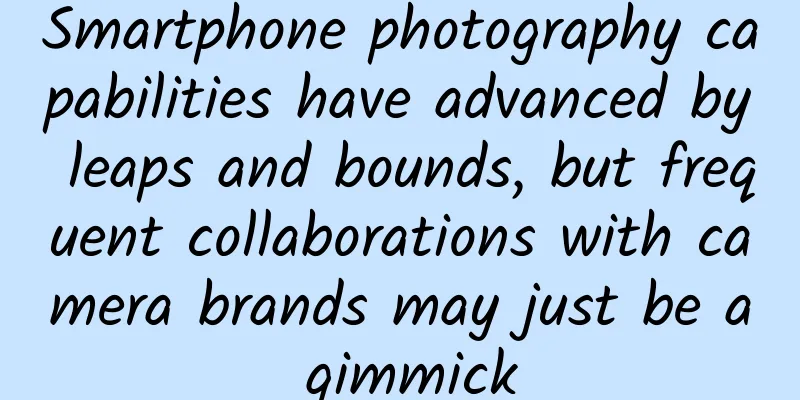Google Fuchsia: Is this the next generation of Android?
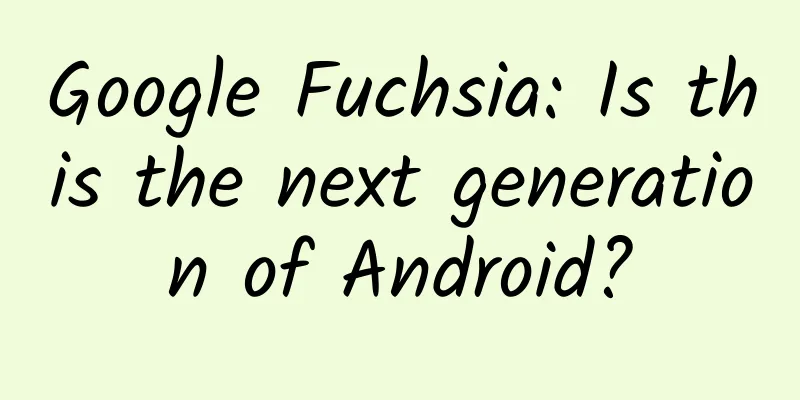
|
For a company that started out as a search service, Google has an astonishing number of operating systems. In addition to the many versions of the Android family, Google also controls Chrome OS and another new operating system alternative - the mysterious Google Fuchsia OS.
For a long time, we have not figured out what Google is going to do with this new system, but recently there have been rumors that Fuchsia OS has entered the final testing stage within Google, and the development team is working hard to promote it to various device platforms. In today’s article, we’ll share all the information we have so far and make our own guesses about the actual application scenarios of Google Fuchsia. History of Google Fuchsia Google Fuchsia first appeared on GitHub in August 2016, but Google did not make any publicity or explanation at the time. GitHub is one of the most well-known open source code hosting platforms, mainly for developers who need to share and collaborate on projects. Like Android before, Fuchsia is also an open source free software. ▲ Fuchsia home screen But unlike Android and Chrome OS, Google Fuchsia is not based on Linux, but on Google's own new microkernel "Zircon" (meaning "small kernel"). Zirkon (formerly named Magenta) is mainly used in embedded systems, that is, systems responsible for performing a single task under a large system. Zircon's development work is completed by Travis Geiselbrecht, a coder who also developed the NewOS kernel that supports Haiku OS. “Fuchsia also has the ability to run on smartphones, tablets, and desktop computers, so it appears to have been designed with scalability as a core element.” Although Google Fuchsia originated from embedded systems, it also has the ability to run on smartphones, tablets, and desktop computers, so it seems to have taken scalability as a core element in its design. In May 2017, Fuchsia ushered in its first set of user interfaces. At that time, a project developer teased that Fuchsia was finally not just a "garbage dump", but had the meaning of a real project. This also made people speculate that Google seemed to want to make a big news with it. What exactly is Google's Fuchsia OS used for? As of now, we still don’t quite know what this “big news” is. Of course, the most "sensational" speculation is that Google intends to use Fuchsia OS to replace Android. However, facing the recent rumors that Fuchsia may replace Android and Chrome OS in the next five years, Google itself has been forced to clarify. Although Google did not completely deny the possibility of Fuchsia completely replacing the Android system, it emphasized that the Fuchsia project is still in the development stage and there is not much information to be released. Maybe no news is the best news, at least it still leaves us with a lot of room for speculation. Recently, there are rumors that the development team is working on installing Fuchsia on various smart home devices such as smart speakers; and as the development progresses, laptops and smartphones may become potential operating platforms for Fuchsia. It should be emphasized that if Google finds that Fuchsia does not work well, it is very likely to stop the project at any time. At the Google I/O Developer Conference last May, Hiroshi Lockheimer, head of Android and Chrome, announced more details about the Fuchsia OS platform to attendees, including that it is not only for mobile phones, tablets or PCs, but also for more computing devices of different sizes. Lockheimer also said in an interview, "We are developing a new operating system. The greatest significance of Fuchsia is to help us explore the development direction of the operating system and the lessons learned related to it. We hope to integrate these results into other products." From this perspective, Fuchsia seems to be a platform for testing operating system design concepts. So, is it impossible for Android and Chrome to achieve equivalent functions with Google Fuchsia simply through updates? This may be related to the kernel. Fuchsia's kernel can help it land on embedded systems and even other small devices. Although Google has previously mentioned that Android will be involved in the field of smart homes, Fuchsia may still go a step further and run on users' smart toothbrushes, smart refrigerators, and even sweeping robots. In other words, Fuchsia may represent Google's ambition to enter the Internet of Things. The Internet of Things represents ubiquitous smart devices that can take home automation to a new level. When the stock is low, the smart refrigerator can communicate with the milk delivery box installed outdoors and replenish the milk as soon as possible through Amazon's drone delivery service. This is our future life, and all this has gradually become a reality. For any visionary technology company, it is necessary to be the first to prepare for this lifestyle change. Against this background, Fuchsia OS is expected to become a general-purpose operating system that integrates the above-mentioned smart systems and even has the ability to control more large devices. "For any forward-thinking technology company, it is imperative to be the first to prepare for this lifestyle shift." Similarly, Fuchsia is also capable of being expanded to large devices such as laptops and computers, and can support ARM, MIPS and x86 processors. In fact, according to Google's description of the project, the Fuchsia system is currently compatible with Huawei's Kirin 970 chip and successfully runs on the Honor Play smartphone. Fuchsia OS also supports Dart and Flutter. Some friends may not be familiar with it. Dart is a scripting language developed by Google itself to support many internal programs such as AdWords. Flutter is a tool for building cross-platform, high-performance mobile applications through the Dart language. The combination of the two defines the specific way to develop applications on Fuchsia in the future, while also bringing backward compatibility to these new developments. Flutter itself has also been around for a short time and is still in the testing phase. Or is it also part of Google's overall plan? Sorry, I'm really not sure whether Google has such an overall plan, or whether it has only discovered this powerful linkage potential in the process of promoting a single project. Therefore, we can regard all of the above as the unification and merger of Chrome OS and Android. Yes, the "defragmentation" of the system family level is completed by introducing a third pure Google operating system! This may sound too crazy, but Google has had similar plans for a long time, and the currently shelved "Andromeda" project once played the role of Fuchsia OS today. Andromeda was designed to bring Chrome OS features to Android (but not Android features to Chrome), and there were even rumors of it coming to a new hardware "Bison" laptop (which has also been abandoned). Currently, we still need a series of adjustments to run Android apps on Chrome OS. But according to Stephen Hall, executive editor of 9to5Google, a source inside Google said that Fuchsia is the "spiritual successor" of the Andromeda project. This means that even if there are huge architectural differences between the operating systems, achieving cross-compatibility between the two is still a very practical task. In fact, the recent adjustments made by Google on the Android open source project seem to prove once again that they really want to make Fuchsia compatible with Android applications. Google mentioned in the project's readme file that "this part is aimed at building Fuchsia ART." The so-called ART, that is, the Android runtime, is specifically used to run various Android applications. Therefore, Google seems to want to enable devices with Fuchsia installed to have the ability to run Android applications. Now, everything is possible. We admit that Fuchsia may end up being another failed Google project. But on the other hand, the development of Fuchsia is not only in full swing, but Google even plans to recruit more engineers from other technology companies to participate in the development. Bill Stevenson is one of them. He worked as a senior Mac OS engineer at Apple for 14 years. Stevenson updated his LinkedIn profile in January 2019, mentioning that he will start working at Google on February 1, responsible for "bringing a new operating system called Fuchsia to market." What practical uses might Fuchsia have? Fuchsia's current mobile UI, called "Armadillo," is also in its infancy, but it already has an impressive array of features and is powerful enough to run on smartphones, tablets, and personal computers. Next, let’s take a look at the specific usage experience of the Armadillo interface. Currently, Fuchsia's home screen contains a vertically scrolling list of applications. One of the lists is responsible for providing profile tabs, which include profile images, some basic settings, date, and time. This list is located at the bottom of the screen. In addition, the interface also provides a search function and an input keyboard. Although the function is not yet perfect, the overall look and feel is quite similar to Gboard. ▲ Fuchsia keyboard ui We can't see any real running applications yet, and selecting any option in the list will only pop up a placeholder. But what's interesting is that Fuchsia already has quite powerful multitasking capabilities. For example, if you drag an application onto another application, you can choose to enter split-screen mode, and the two applications will be displayed in the upper and lower halves of the screen according to user preferences. Next, if the user returns to the home screen (by clicking the center point at the bottom of the screen to return), you can continue to drag in a third or even a fourth application and use it immediately through split screen. In addition, users can also set the layout to ensure that a single application occupies most of the screen space, and switch to other applications at any time through the tabs at the top of the screen. I personally like the look of this multitasking feature, but having all the apps in a scrollable list is a bit blunt. Maybe Fuchsia will support custom launchers like Android in the future. Wow, Android is starting to become a reference, nostalgia is a wonderful emotion. It is worth mentioning that if we install Fuchsia on a desktop, the UI layout will be different (using the so-called "Capybara" UI). We don't know much about it, but we can see that Fuchsia OS does have powerful expansion capabilities. The basic idea is similar to the Continuum function on Windows, and the UI will switch according to the size of the monitor on which the system is running. Capybara is designed for keyboard and mouse operation and looks closer to Chrome OS, with a taskbar, action buttons, and more options menus in the corners. In addition, applications run in windows that can be dragged arbitrarily, just like Windows. The above picture shows the appearance of Capybara UI designed by Noah Cain, a 13-year-old technology fanatic and genius. It needs to be emphasized again that this is just a very basic speculation and is likely to change with the version upgrade. However, apart from the two display layouts of smartphones and laptops, there seems to be nothing new to see. This is understandable, after all, Fuchsia is still in the development stage. Closing Statement Below, let’s review everything we know about Fuchsia so far: • Google Fuchsia is a new operating system developed by Google, but it is still some distance away from being fully completed. • This operating system is based on the Zircon kernel, which has good scalability and security performance. • According to rumors, Fuchsia is the "spiritual successor" to the Andromeda project, suggesting that it is likely to be developed with cross-compatibility as its goal, just like Andromeda. • Currently Fuchsia provides two sets of UI, supporting mobile and PC respectively, which seems to prove the speculation about cross-compatibility. • Fuchsia will be able to run Android applications when it is officially released. • Currently, there is no reason to install Fuchsia on any smart device, except out of curiosity. Since there are no available applications, we can't do anything other than operating system installation. The biggest question is whether and when Fuchsia will replace Android and Chrome OS. As mentioned before, this problem cannot be said to exist, but it is still far away and there is no need to worry too much. Today, Android has become the most popular operating system in the world. Therefore, I personally think that there is no commercial necessity to break Android's monopoly and force users to accept a new system full of uncertainty. However, Google has always liked to compete with itself in the market, so this possibility cannot be completely ruled out. If Google intends to gradually push Fuchsia into the smart home market (no system has dominated this field yet), and then transition to other large devices, then the Fuchsia project may indeed succeed. More importantly, once cross-compatibility with Android and Chrome applications is achieved, while continuing to maintain the independence and uniqueness between the two, Fuchsia will almost certainly succeed. However, the involvement of a third party will further fragment the operating system market, and even put Google itself in a passive position. In any case, Fuchsia is still in the development stage, and it is unlikely to be pre-installed on any new hardware, at least in the short term. Even if devices equipped with the Fuchsia system are officially launched, I am afraid they will not be able to enter the "mainstream" market in the short term. But this does not prevent us from making bold guesses! How do you think Google will plan the future of Fuchsia? What should the successor of Android look like in everyone's mind? Are you satisfied with everything about Fuchsia? |
<<: How to clean your iPhone and AirPods? Apple's official tutorial is here
Recommend
When you feel like you can’t hold on any longer, please read this article! (I recommend everyone to read this)
Experts in this article: Wang Guixia, Lecturer, A...
Have you ever heard of the peony? Where does this beautiful name come from?
Produced by: Science Popularization China Author:...
iOS application architecture discusses the organization and calling scheme of view layer
[[135040]] Preface After the publication of "...
After using melatonin, it will be dark when I close my eyes? NO!
Author: Zang Juxiang, Chief Pharmacist of Eastern...
What are the specific differences between server rental and server hosting?
What is the difference between server rental and ...
775 new cases in 6 days, infection can be transmitted even without meeting! Urgent reminder →
Recently, the dengue fever epidemic situation in ...
Analysis of member activity promotion techniques!
This article once again focuses on a membership a...
Latest international research: Humans use quantum computers to simulate holographic wormholes for the first time
Perhaps, everyone has more or less fantasized abo...
It's not ethanol that makes you black out, it's...
The annual Spring Festival can be said to be one ...
The best time for meteor showers in 2024 has been determined! These places in Beijing are suitable for stargazing →
The year-end astronomical feast, the Geminid mete...
K12 education industry promotion and drainage plan
1 Project Background Children's English learn...
If you overuse your brain, will it become "overloaded" like an electrical appliance?
At the end of December, it is the "exam seas...
Tesla CEO Musk announced that the core code of Autopilot has been rewritten and will bring a lot of updates
Recently, in an interview with foreign media, Tes...
Talk about how to make money using Zhihu traffic
How to make money using Zhihu? This is a topic th...




